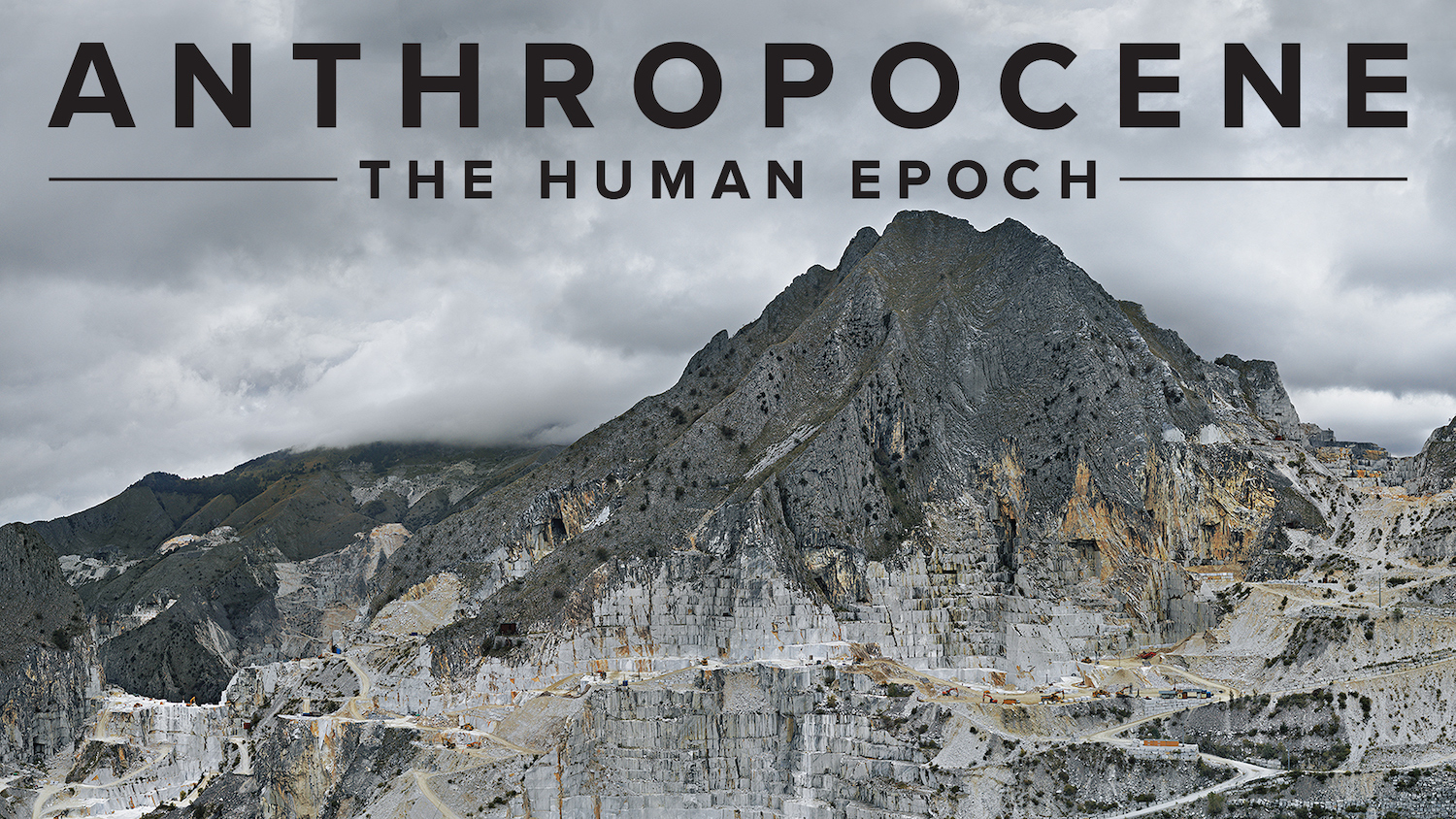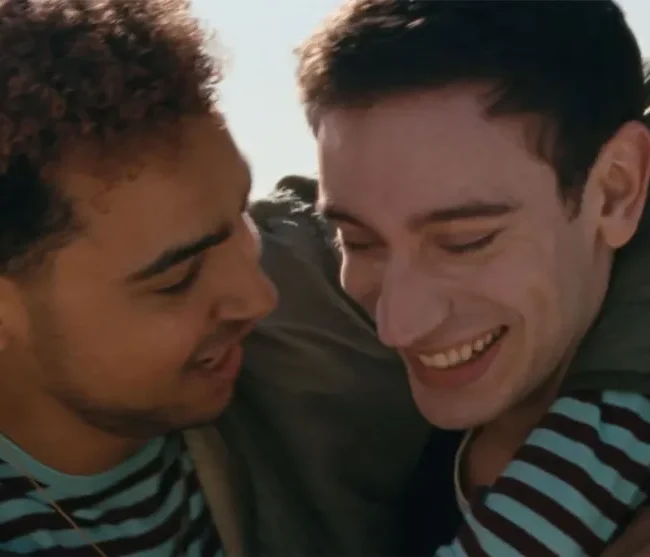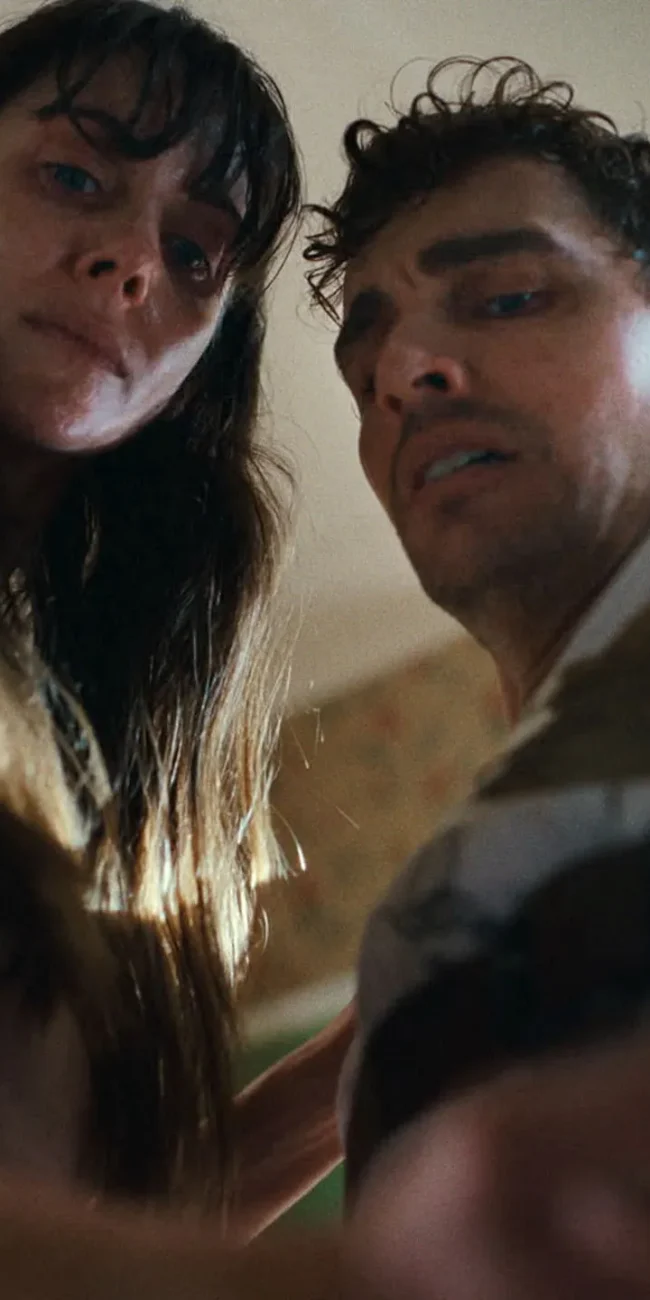ANTHROPOCENE: THE HUMAN EPOCH

(The 2019 Sundance Film Festival takes place January 24-February 3 in Park City Utah. Hammer to Nail guarantees more reviews from the fest than any other website around. That alone is worth $1.00 per month to help keep us going!)
A gorgeously photographed meditation on the potential end of the world, Anthropocene: The Human Epoch is the third film in a documentary trilogy spearheaded by director Jennifer Baichwal. Though I have not seen the previous two – Manufactured Landscapes and Watermark – I was enchanted by the hypnotic combination of stunning visuals, evocative music and pensive voiceover (spoken by Swedish actress Alicia Vikander. Working together with her colleagues Edward Burtynsky and Nicholas de Pencier, Baichwal creates a cinematic essay chock full of information about how our current era, which scientists are now lobbying to label the “Anthropocene” (the Greek prefix “anthropo” meaning “human”), is one where, for the first time, the activities of our own species are the defining influence on the planet. We had some effect on our past and a lot on our present, but the future is indelibly ours to make, for better or, most likely, for worse. Fasten your seat belts, it’s gonna be a bumpy ride…oh, wait, we’re pretty much about to crash.
Divided into multiple parts, with titles such as “Extraction,” “Terraforming,” “Anthroturbation” and more, Anthropocene can sometimes wax a little too pedantic, though the measured tones of Vikander’s narration help to make abstract concepts concrete. As we travel the globe, from Kenya to Russia to Germany to Canada to Nigeria to Switzerland to the United States to China to Indonesia and back to Kenya, with more stops in between, we slowly gain a sense of the many irrevocable ways that we have forever changed our environment. Perhaps the most depressing section is “Extinction,” where we cover similar territory to that portrayed in other films about the killing of endangered species (The Last Animals, Trophy and When Lambs Become Lions among them), the evidence of our unquenchable thirst to destroy and dominate thrust in our faces. It can be hard to love the human race, for sure.
That said, we are also capable of thoughtful disquisitions like this one, which ends with a call to action to refuse the doomsayer’s pessimistic assessment of our fate and to change our behavior. As the filmmakers release us from our trance, we emerge concerned, horrified, but hopefully motivated to do something. There’s a chance, however, given the movie’s raw beauty and haunting montages – recalling another filmic trilogy that began with Koyaanisqatsi – that we come out of the experience as if from a tranquil Japanese garden, beguiled by the grace of it and relaxed into submission. Elegance like this is sometimes too pretty and narcotic for its own good: the nightmare of its truths is so lovingly presented that it might just be an exquisite dream.
– Christopher Llewellyn Reed (@ChrisReedFilm)
Like what you see here on Hammer to Nail? Why not pay just $1.00 per month via Patreon to help keep us going?











